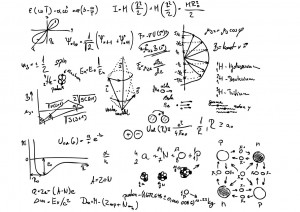 So once a month I do a free seminar at the local shelter.
So once a month I do a free seminar at the local shelter.
Once the locals hear that The Amazing Dog Training Man is holding a free seminar on training and behavior, the news spreads like wildfire.
People from all over phone their friends and relatives and tell them that the famous dog trainer with over 11 million YouTube views, author of three books and all around good guy is having a free seminar to solve their dog’s problems once and for all.
And when I opened the doors to share my dog training wisdom……
…….exactly 9 people walked through the door including a 11 month old little boy.
Well it was raining pretty hard and the Patriots were playing last night. It’s tough competing with Tom Brady in New England.
Anyway….
I shared with them the formula to training. This formula has to be followed in order to get great training results.
If you don’t follow this formula, training is going to take longer and chances are you’ll confuse your dog.
Best of all the formula is as simple as….
….A-B-C
Here’s the deal:
For great training results you have to understand and apply:
A – Antecedent
B – Behavior
C – Consequence
Let’s say you’re teaching Junior to sit. You would say “Sit” (the Antecedent) wait for the Behavior and then apply the Consequence.
Pretty basic right?
The important part of this simple equation is the Consequence.
EXAMPLE: Your dog likes to bark and you want to teach the word, “Quiet.”
Your dog starts barking. You say, “Quiet!” Your dog continues barking. You repeat, “Quiet!” Dog keeps barking. You say louder, “QUIET!!!” Dog continues to bark.
The problem is that when people are trying to stop a behavior they don’t apply a consequence which just gives attention to the behavior which in turn…..
…..rewards and strengthens the very behavior they are trying to stop.
To stop the barking you need to say, “Quiet,” wait for the behavior (dog continues barking) then apply a negative consequence. If the dog stops barking after your say, “Quite,” then you apply a positive consequence.
Here’s the rub:
The negative consequence that you use should be for that specific behavior. The problem with most trainers is that they use a one size fits all negative consequence.
Many trainers recommend using a prong collar. The dog jumps – correction with prong collar. Dog is mouthy – correction with prong collar. Dog steals off the counter – correction with prong collar and on it goes.
The problem with this approach is that the dog develops a tolerance to the prong collar which requires the corrections to get more and more severe.
I developed the Good K9 Manners Program to show you how to use negative consequences with specific behaviors. You can see how it’s done with step-by-step videos by going here NEXT:
Best,
Eric
